On Air Now
X-Posure with John Kennedy 11pm - 2am
2 June 2024, 18:00

Radio X takes a a look at the history of some of the UK's best-known venues....
Britain's music venues have a long and illustrious history - many of the places you're watched your favourite bands have started life as cinemas, theatres and even the odd flour mill. And, as we've discovered, quite a number of venues have gone through several name changes over the years...
“KOKO” is a relatively recent invention - the venue opposite Mornington Crescent tube station in London only became known by that name in 2004. It started life as The Camden Theatre in 1900, started showing films in 1913 and managed to survive the war. In 1945, it became the BBC Radio Theatre, with programmes like The Goon Show and Hancock’s Half Hour being taped there - and it was where Monty Python recorded their first album back in 1970.

In 1977, it became a venue for concerts again, The Music Machine, before transforming into the Camden Palace in 1982. In January 2020 a large fire broke out in the building, meaning the venue needed to undergo a major refit. The hall reopened in April 2022 with a show headlined by Arcade Fire.
This much-loved South London venue started out as a cinema, The Astoria, in 1929. It stayed that way until 1972, when the films stopped and the music started with the launch of the Sundown Centre, a rock venue which only lasted a few months.
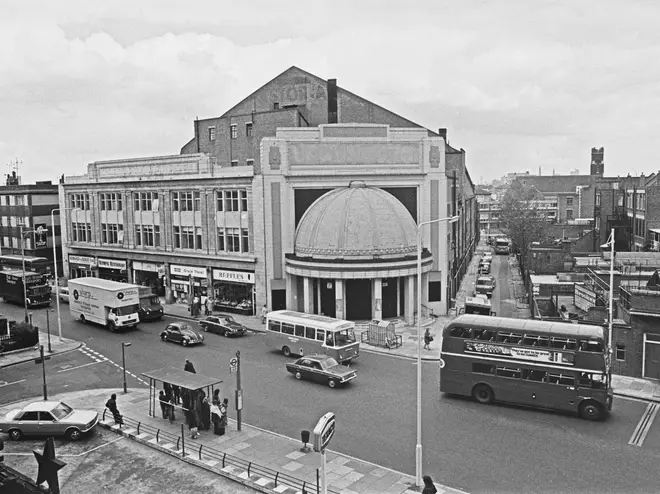
It was nearly knocked down in 1974, and briefly re-opened in 1981 as The Fair Deal, before being bought by entrepreneur Simon Parkes in 1983 for just £1! He re-opened the venue as Brixton Academy, becoming part of the Academy Music Group in 2004. Following a tragedy in December 2022 that saw two people killed in a crush on the way in to a concert by Asake, the venue was closed for over a year until it re-opened in April 2024 under new licensing conditions.
The building on Swan Street in what’s now known as The Northern Quarter was originally a pub called the George And Dragon in the early 1800s, but the music began to take hold in the 20th Century. The venue got its nickname in 1937 from the tiny stage that was located high up on the wall for the musicians to play on. The club was given its official name in 1975 as the location re-opened as a jazz venue, before it became a home for many punk bands from the city, including Joy Division, Buzzcocks and The Fall.
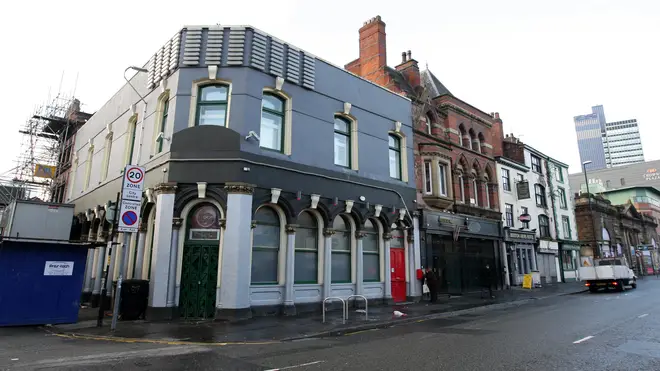
Bristol’s Colston Hall opened in 1867, but soon became the focus for the city's thriving music scene and an important date on the touring calendar for every major artist. Buddy Holly played there in the 1950s, The Beatles played there in the 1960s, the Rolling Stones, Queen, David Bowie and The Who have all stopped off at the theatre and Pink Floyd gave one of the world's first performances of Dark Side Of The Moon on its stage.
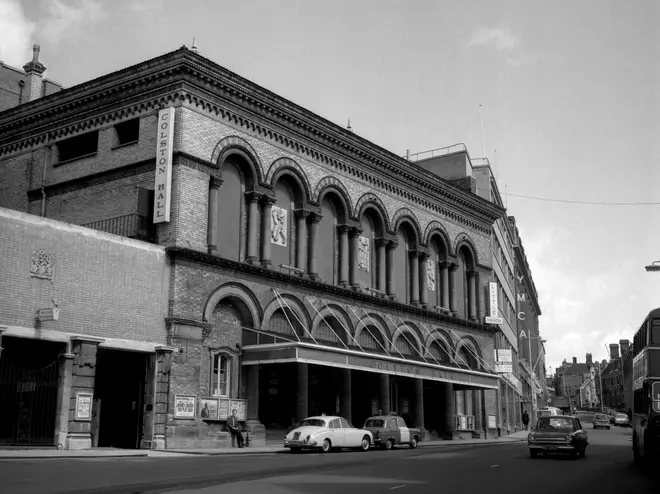
In 2019, after years of public pressure, the owners announced that the name Colston had become “toxic”, as it refers to the MP Edward Colston, who made most of his fortune from the slave trade. In September 2020, the venue was officially renamed the Bristol Beacon.

Originally the brilliantly-named Saints & Sinners club in St Vincent Street, King Tut's has been a stalwart of the Scottish music scene since February 1990. This venue took its name from another club - a comedy and music location in the Lower East Side of New York City in the 1980s. In 1993, it was the place where Alan McGee first saw Oasis… and subsequently signed them to his Creation Records label.
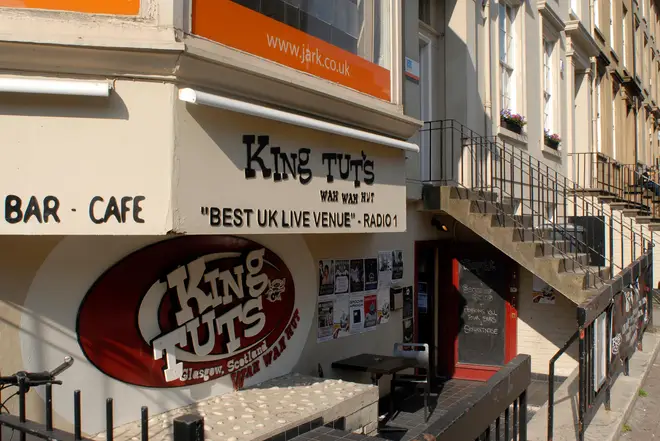
The arena and exhibition centre in the North West city is another venue that has returned to its original name. It was originally Manchester Central railway station, serving London St Pancras, Liverpool, Leicester and other destinations between 1880 and 1969, when the station was closed. After spending the 1970s as a car park, it was redeveloped and opened as G-Mex - the Greater Manchester Exhibition Centre, where it played host to bands like New Order, Happy Mondays, Oasis and U2. Its name returned to Manchester Central in 2007, where it now hosts occasional gigs, but leans towards being a conference venue.
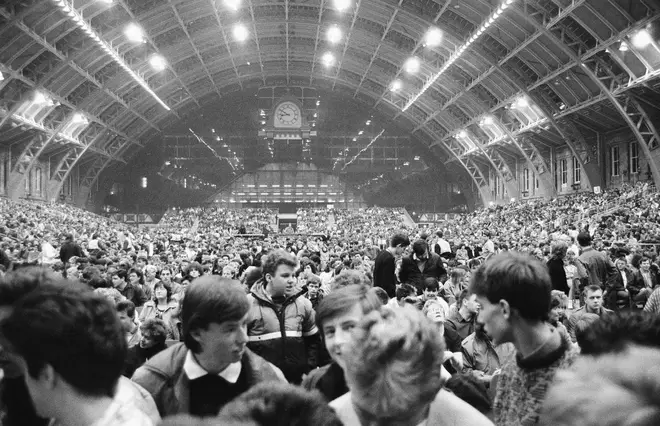
Another former cinema, opened in 1934 and closed in 1970, after which it became a dancehall with the same name. In 1985 it became a venue under the name The Town & Country Club and booked legendary acts like Paul Weller, Blur, Radiohead and the Pixies. In 1993 the name reverted back to The Forum - it’s now part of the Academy Music Group.
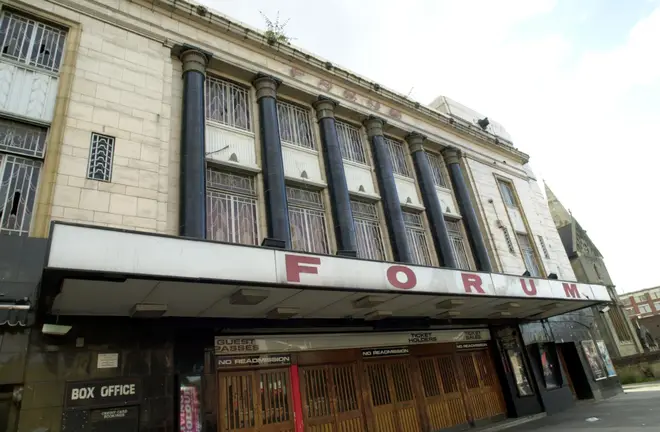
Another cinema, named after its Shepherd’s Bush Green locale, which opened in 1903. It narrowly missed being bombed in the Second World War before being bought by the BBC in 1953, who renamed it the BBC Television Theatre. Thousands of TV shows were broadcast from the venue, including The Generation Game, That’s Life and endless editions of Wogan, until the corporation sold the building in 1991. In 1994, the building reopened under its original name and started holding live shows. It’s now owned by the Academy Music Group.

The long-running Yorkshire venue was actually a flour mill for decades before it became a nightclub in the 1962, which hosted shows by The Small Faces, The Yardbirds and Jimi Hendrix Experience. In 1980, the venue was turned into a community centre, which hosted theatre events as well as music.
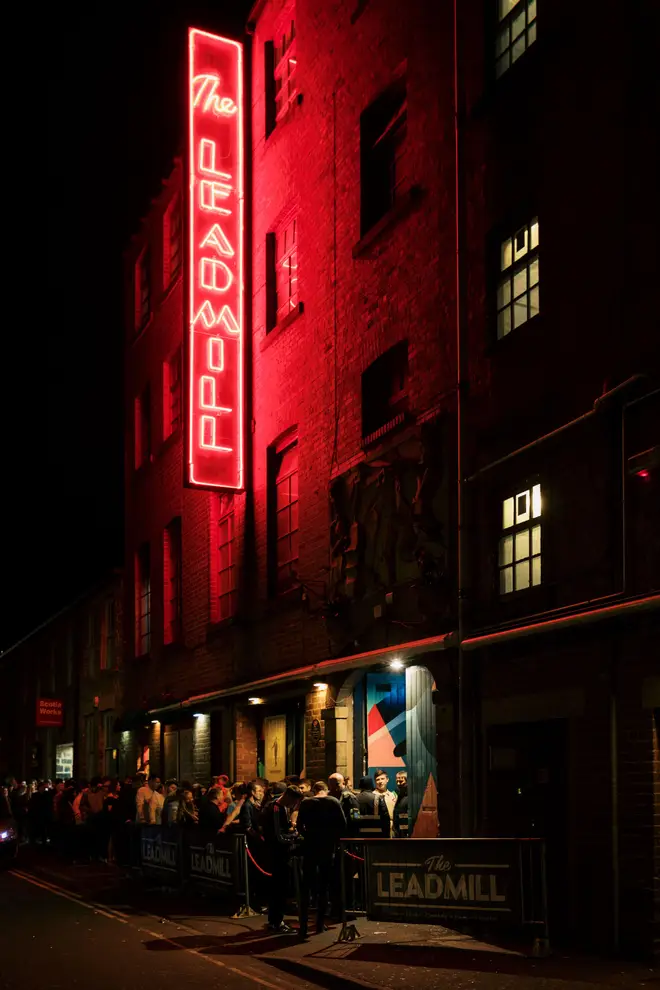
Jarvis Cocker made an early appearance there and the place was soon a home-from-home for Arctic Monkeys in the mid-00s. In March 2022, the owners announced that their landlord had issued a notice to vacate the premises by 2023, but it seems there are plans to refurbish the venue.
This 21,000 capacity venue was planned as being a key part of Manchester's bid for the 2000 Olympics, and opened in July 1995 as the NYNEX Arena, after the cable company that sponsored it. The name changed three years later to the Manchester Evening News Arena, after the long-running local newspaper, but after their sponsorship deal ended, the venue was renamed simply the Manchester Arena, but became the Phones4u Arena briefly until that company went out of business. It was called the Manchester Arena when an Ariana Grande concert was attacked by a terrorist bomber in May 2017, killing 22 people. In September 2020, the venue became the AO Arena as part of a five year deal with the electrical retailer.

The popular Yorkshire venue started life as the Coliseum Theatre, which opened in 1885. It became a Gaumont cinema in the 1920s, getting a considerable revamp in 1938. The cinema closed in 1961, before being taken over for film and TV work and a brief incarnation as the inevitable bingo hall.
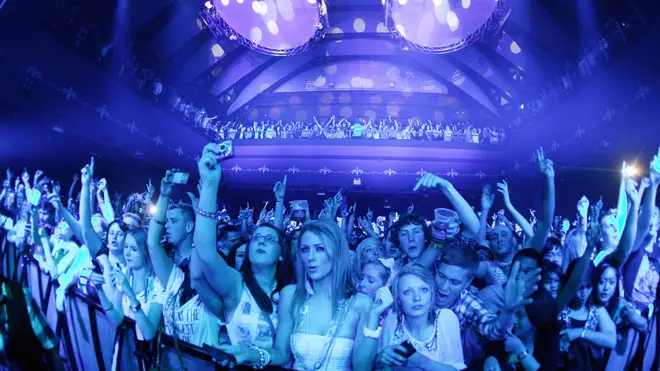
In 1992, the location became the Town & Country Leeds - in line with the Town & Country and T&C2 in London - where it played host to gigs by Blur, Primal Scream, Suede and The Stone Roses. Between 2001 and 2004, the venue was a club called Creation, before it was transformed as an O2 venue in 2008, which was opened by Kaiser Chiefs.
Wembley is an old, old name. It comes from the Old English name “Wemba”, combined with the word “lea”, meaning meadow, The same part of North London also plays host to the iconic Wembley Stadium, first founded in 1923, while the indoor arena first. opened as the Empire Pool Wembley in 1934 for the British Empire Games. The actual pool was last used for the Olympics in 1948.
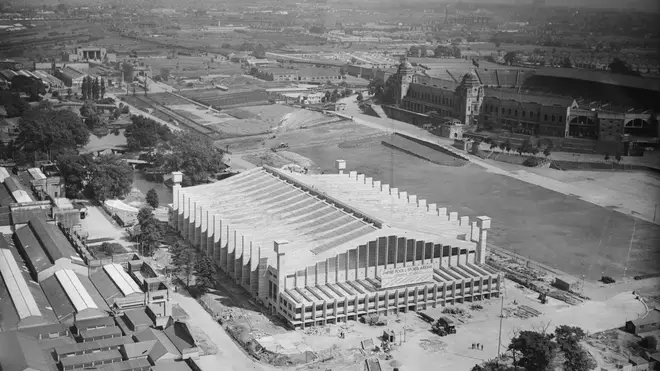
The venue became known for conferences and gigs, including the final UK appearance by The Beatles at the NME Poll Winners Show in 1965 and continues to host live events after a renovation in 2006. It was renamed the SSE Arena in 2014, then became the OVO Arena Wembley in February 2022.
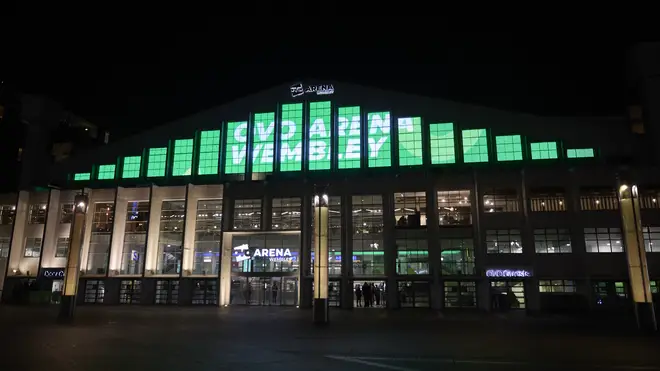
The well-regarded Cardiff club was founded in 1983 in a building that originally housed a former British Legion. It gets its name from a 12th Century rebel leader, which ties in nicely with the intention that the location would be a Welsh language social club. Since it opened, the venue has hosted shows by Welsh acts Manic Street Preachers, Super Furry Animals, Stereophonics, plus bands from further afield, including The Killers and The Strokes.
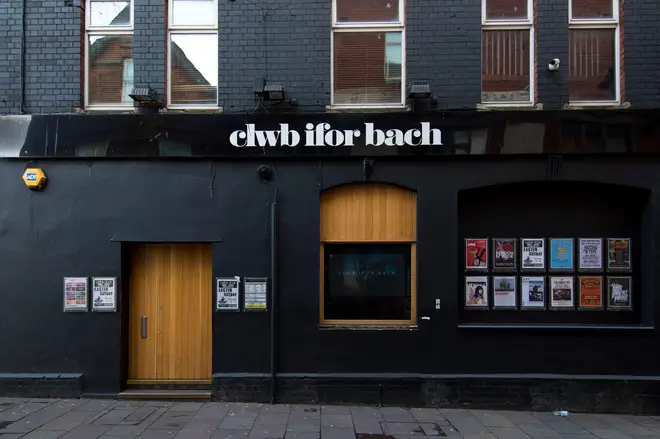
This Art Deco Grade II listed building opened on Manchester's Ardwick Green in 1938 where it was a cinema and variety hall, situated opposite a similar building, the Ardwick Empire. The Apollo's use as a cinema tailed off in the 1970s and it became the place for Manchester gigs in the punk era.
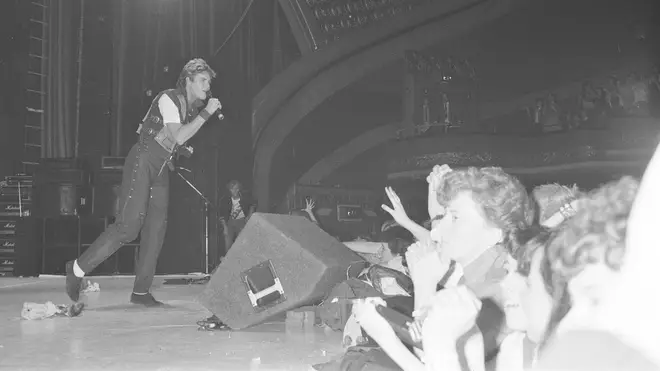
Joy Division played two memorable shows supporting Buzzcocks in 1979, while other artists who've trod the stage include The Clash, The Jam, Kate Bush, Queen, Muse and Oasis.
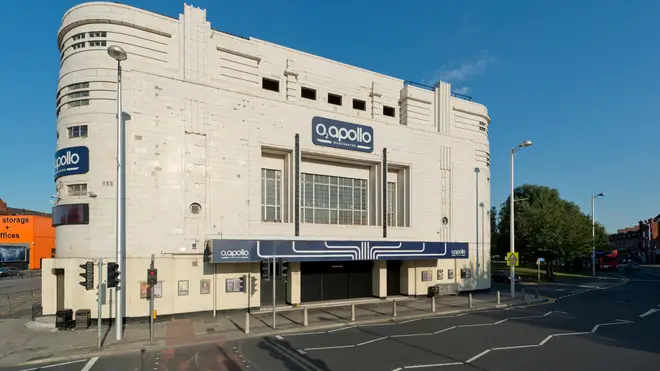
Located in Highbury, North London, this was originally a snooker hall that started hosting gigs in 1989 when it became the T&C2, a sister venue to Kentish Town's Town & Country Club, now the O2 Kentish Town Forum. Acts as diverse as The Cure, Dinosaur Jr, James and The Shamen all played club shows there. In 1993, a revamp changed the name of the venue to The Garage, where it's seen performances by Pulp, Green Day, Red Hot Chili Peppers and Arctic Monkeys.

Opening in 1932 as the Gaumont Palace cinema, this West London venue became the Hammersmith Odean in 1962 and remained that way for thirty years. Subsequent sponsorship deals have seen the popular theatre appearing under the names Carling Apollo Hammersmith, the HMV Hammersmith Apollo and, from 2013, the Eventim Apollo after the ticket agency.
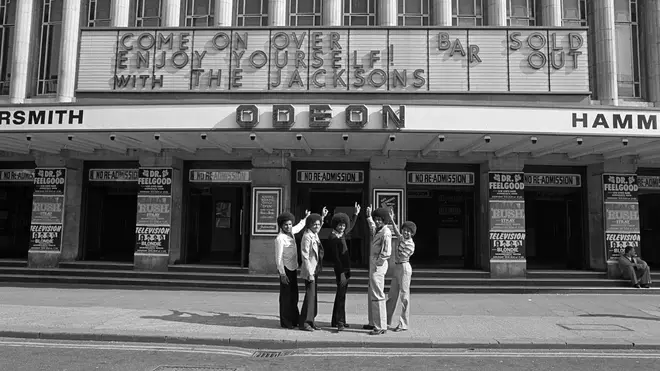
Artists who've appeared there famously include David Bowie (who played his final show as Ziggy Stardust & The Spiders From Mars in July 1973), Prince Springsteen, The Police, Paul McCartney & Wings, Queen, The Who, Iron Maiden, AC/DC, Blondie, Kate Bush and Motörhead, who named their live album No Sleep 'Til Hammersmith in honour of the building.